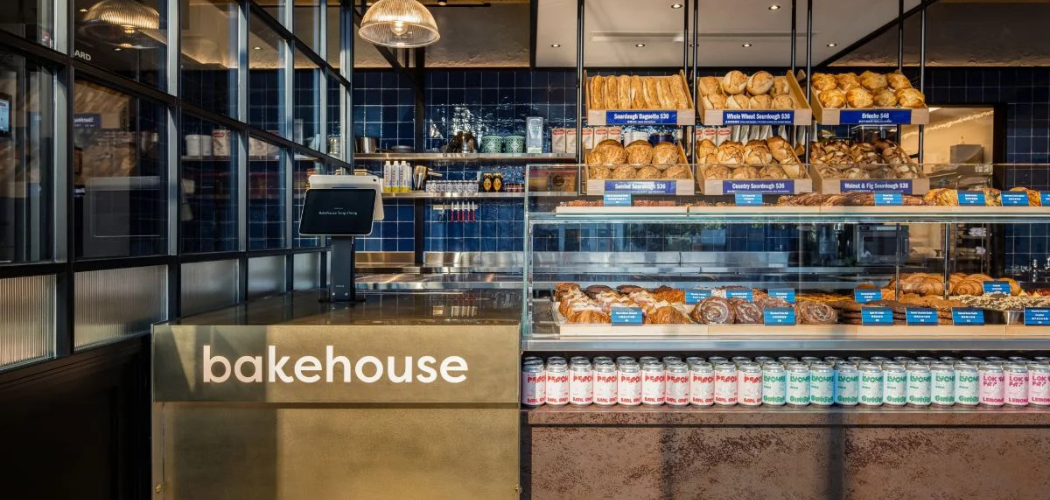Helpful tips before you take the jump
One surefire way to keep consumers engaged and spending is to have the right loyalty and rewards platform. As technology is continuously advancing and consumer behavior is ever changing, it’s important your loyalty provider upgrades their platform to stay on top of technology and loyalty-related trends, while offering convenience and delivering relevant rewards.
By: Janis MVK
Your organization may have considered upgrading its loyalty platform, however, pulling the trigger to make the switch can oftentimes prove to be less rewarding. Strategizing from the onset is key as the jump not only affects your consumers but can turn your internal departments upside down, too. There’s no doubt this change will either make or break your customer — and employee — experience. Here’s our insider view on rethinking your loyalty platform.
The Hurdles of Upgrading Your Loyalty Platform
There is a short list of key considerations before upgrading your loyalty platform
- Cost (explicit and opportunity)
- Data Preservation & Accessibility
- Existing integrations
- Capabilities (reward types and options)
Cost is usually top of mind for brands in the market for loyalty technology, but there is more than the explicit price tag to consider. Although there is a clear visible budget in dollars to spend, there is also opportunity cost through the diversion of human resources.
For example, the dreaded IT “backlog.” There always seems to be a large queue of never-ending tasks to be completed in IT and there’s never a good time to break the line or make an exception. There are ongoing projects, operational emergencies, and the customary holiday “freeze” that often takes place around Thanksgiving through New Year. Adding a major project into the mix like a whole new system upgrade? Let’s just say you’re not going to be IT’s favorite person.
There’s also the data preservation and accessibility factor. Rip-and-replace seems to be the typical approach from solutions providers when converting to a new platform and that puts valuable customer data in jeopardy.
Data these days can be overwhelming when it comes to data migration. Depending on what you maintain, the level of detail, it can be an enormous task to undertake.
- Will points get lost in the conversion process?
- Will consumers be affected during the transition?
- Will they even notice the change?
- What kind of data is shared with them (or the company)?
These are all questions that will either destroy or enhance the relationship with the consumer. Your program members will ask “Why keep investing in a program,” to have it just disappear without getting a chance to cash out on your rewards?
Integration with legacy systems is another issue. Many loyalty systems can be heavily integrated into an organization’s other legacy systems. In some cases, companies have invested in a software package approaching end-of-life and have become cumbersome to manage.
Loyalty Methods understands how these types of systems can cause apprehension when deciding to re-platform.
“When evaluating vendors, ask about their strategy of integrating their product or service into your existing enterprise, both from a technology and resources standpoint,” says Andy Floresca, Managing Director, Loyalty Methods.
Overall functionality must also be considered as part of optimal decision-making. Are the reward offerings relevant and how much flexibility is available? Sure the consumer can rack up points, but is the ROI worth it? What kind of programs are available?
Options like converting points into cash, using points for purchases, or offering discounted or free services or merchandise allow consumers to engage with the loyalty program, encouraging them to spend more. So, think: Does the loyalty provider offer convenience and immediacy to the consumer?
Know Before You Go
When buying a car, the test drive is part of the process before the sign and drive. So why not do the same when switching loyalty platforms? Too many times with solution upgrades are you shown a simulation of how the platform works, but rarely are you shown how the platform integrates, maps, and fits in with your organization.
It’s hard for vendors to actually know how their product will work in every situation. Vendors usually provide a list of capabilities and companies end up buying into a system that may or may not work or truly operates or integrates with their current technology. Oftentimes the organization is left with overpromises of features that don’t work or mitigation processes that don’t get resolved.
At Loyalty Methods, they approach the sales process differently with a more knowledge-based strategy.
"We developed our loyalty platform taking the best features we have found over our 15 year’s experience and innovating on them to produce new ways to engage customers,” says Floresca. “Today marketers aren’t challenged by standard loyalty engine features, they need their systems to provide more real-time engagement and personalization features, and to integrate to every customer touchpoint whether it be a POS, kiosk, or mobile and web channels," he says.
If there is a program feature that a marketer is trying to achieve and it isn’t in Loyalty Methods’ list of features, they can provide a proof-of-concept approach as an option to the RFP process where they come in for a short engagement to vet whether the feature is feasible within their own environment, making sure they are right for you as you for them.
The realities of implementation often lead to a less-than-ideal transition having a longer-than-planned roll out or realization that the product doesn’t exactly meet the requirements and the requirement has to be scaled back. Knowing before going with it, the intricacies are minimized during the pre-sales conversation.
The Rewards of Good Decision Making
Having a loyalty solution is paramount for any business on the path to becoming more customer-centric. Before making the switch, also think about how the platform meets the needs of both the organization and the consumer. It’s important to know if the platform is customizable and adaptable, especially in consideration that technology and consumer behavior is ever evolving and difficult to predict.
The relationship managers at Loyalty Methods are trained to immerse themselves in their customer’s industry.
“We become experts in our client’s data and business,” says Floresca, “We learn everything we can about their tech stack and how our platform would integrate into it, and we ensure that customer touchpoints are consistently and readily available.”
For example, Loyalty Methods listened to 7-Eleven for their platform solution. Loyalty Methods demonstrated to the convenience store giant how its core platform ReactorCX could fit in and expand the ideas they had for upgrading the loyalty and customer experience.
Switching loyalty platforms is a giant step to take within your organization. However, with advancing technology and the customer’s needs for retention and rewards, upgrading to a solution that’s suitable for your organization is what will keep consumers engaged and spending in this highly competitive market.
Janis MVK is a content writer and manager, journalist, marketing and communications professional and mom of two beautiful girls, based in the suburbs of Chicago. She is a contributing author of The Wise Marketer.




